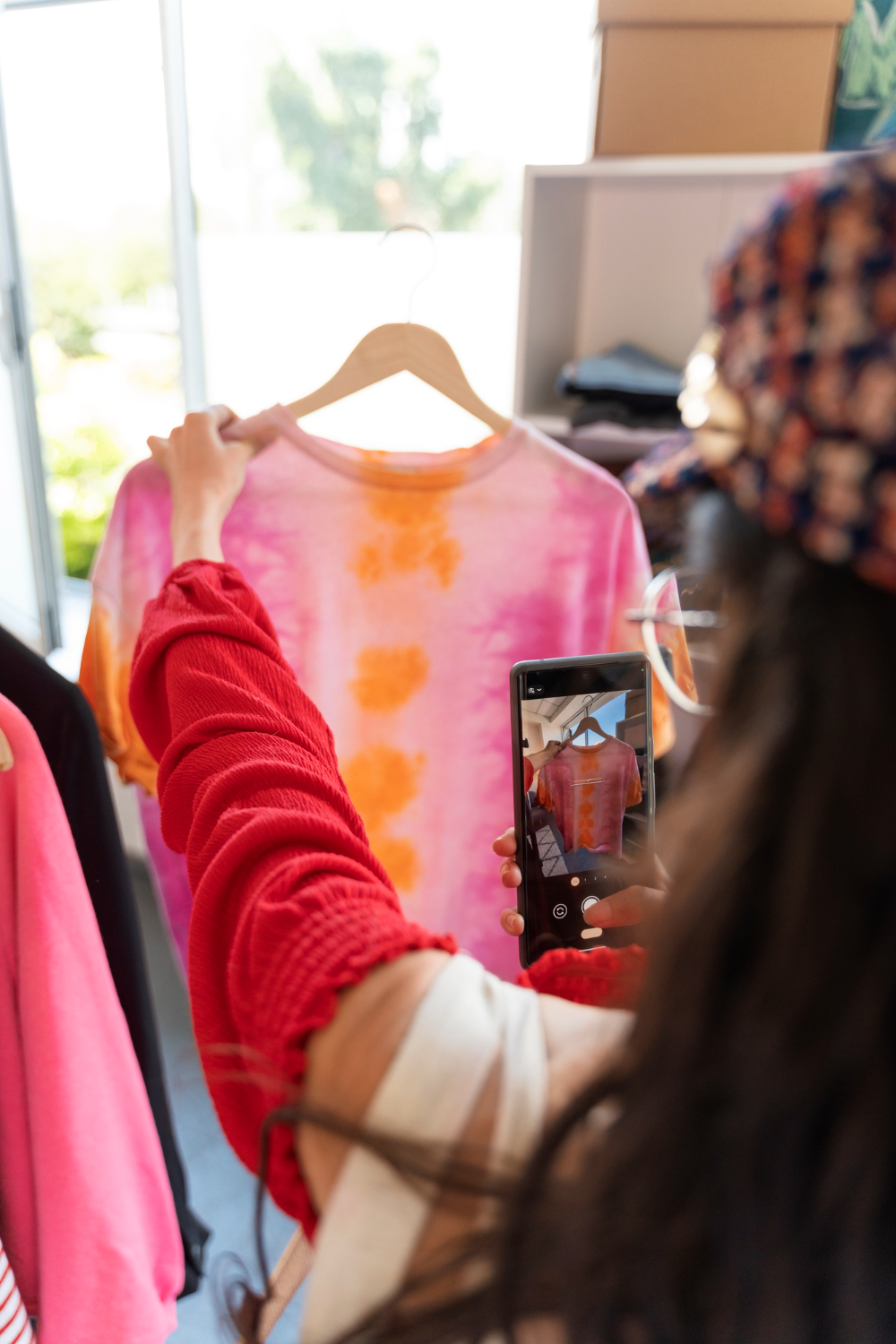In the ever-evolving fashion world, trends come and go—but tradition never fades. One of the most fascinating aspects of modern ethnic fashion is the seamless blend of traditional textiles with contemporary design. From handwoven sarees and kaftans to Indo-Western ensembles and luxe wear, the rich legacy of Indian craftsmanship continues to inspire and redefine how we dress today.
Rooted in Culture, Reinvented for Today
India’s textile history is a treasure trove of diverse weaving techniques, natural dyes, and intricate embroidery. Fabrics like Chanderi, Banarasi, Kanjeevaram, Bandhani, and Ikat have stood the test of time, evolving with changing tastes while preserving their cultural essence. These textiles are no longer confined to heirloom sarees or ceremonial outfits. Today, they appear in everyday styles—like midi dresses, short kaftans, suit sets, and Indo-Western silhouettes—making tradition more wearable, versatile, and expressive.
The Rise of Contemporary Ethnic Wear
Modern ethnic fashion is about sticking to the roots and reimagining them. Designers and brands like Navvi are at the forefront of this movement, creating fashion-forward pieces that resonate with the contemporary woman. A kaftan once reserved for loungewear or beachwear is now reborn in traditional block prints or zari work, offering both comfort and class for festive and casual occasions.
Similarly, midi dresses crafted in handloom cotton or silk, accentuated with ethnic embroidery, offer the best of both worlds—modern flair with cultural nostalgia.
Why Traditional Textiles Still Matter
In an era where fast fashion often prioritizes speed over sustainability, traditional textiles are making a powerful comeback. Consumers are increasingly drawn to fashion that tells a story of artisanship, heritage, and slow craftsmanship. Wearing a Bandhani suit set or a handwoven saree is more than just a style statement; it's a celebration of India’s age-old techniques passed down through generations.
Moreover, these fabrics are not only beautiful but sustainable. Natural dyes, hand-spun yarns, and ethical production processes make them an eco-friendly choice in today’s fashion landscape.
Customization Meets Culture
One of the most exciting aspects of ethnic wear today is the growing demand for customization. Online ethnic wear platforms like Navvi are tapping into this need by offering tailor-made sizing, styling options, and curated collections based on events, color palettes, and even zodiac signs. This personalized touch allows modern shoppers to connect deeply with their wardrobe, making ethnic wear more intimate and individual.
From a regal luxe wear lehenga to a simple, printed short kaftan, customization ensures the perfect blend of comfort, fit, and personal style—all while honoring traditional techniques.
The Role of Fusion and Indo-Western Fashion
The popularity of Indo-Western wear has opened new doors for traditional textiles. We now see denim jackets with Kantha embroidery, tunics in Kalamkari prints, and even jumpsuits in handloom fabrics. This fusion is not just about aesthetics—it’s about functionality, relatability, and inclusivity.
Young shoppers today want clothes that are stylish yet rooted. An Indo-Western kaftan dress for a brunch, or a Bandhani midi dress for an office party, allows them to embrace their identity while staying on-trend.
Kidswear and Cultural Connection
Even children's ethnic wear is undergoing a thoughtful transformation. Kidswear that features traditional prints in breathable fabrics is gaining popularity. Parents are choosing garments that help their children stay connected to their cultural roots while enjoying playful and stylish outfits. Brands like Navvi are stepping into this space, creating ethnic kidswear collections that are cute, comfortable, and full of character.
Where Tradition Meets Technology
The digital revolution has played a huge role in amplifying traditional fashion. E-commerce platforms allow artisans and designers to showcase handcrafted apparel to global audiences. Navvi, for instance, connects buyers with thoughtfully designed collections that highlight India’s vibrant textile traditions—from sarees and suit sets to Western and Indo-Western outfits.
By blending intuitive shopping experiences with detailed storytelling, brands can highlight not just a product but the history and heritage behind it.
Final Thoughts
Modern ethnic fashion is no longer about choosing between tradition and trend—it's about celebrating both. Traditional textiles continue to influence and inspire today’s fashion in profound ways. Whether it's a breezy kaftan in hand-block print, a bold Indo-Western saree, or a luxe lehenga stitched to perfection, these pieces carry the soul of India’s textile heritage with a spirit that’s fresh and forward-looking.
As fashion continues to evolve, brands like Navvi play a crucial role in keeping the past alive by weaving it beautifully into the present.





Comments